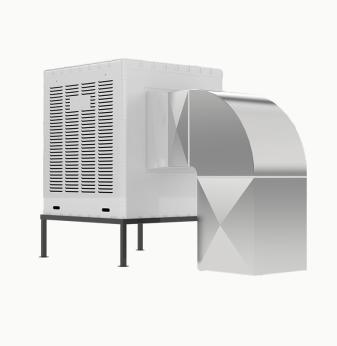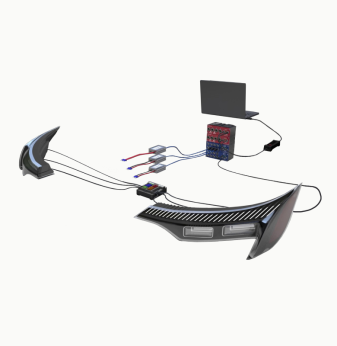The Future of Embedded Systems in Space Technology: Utilizing IoT and AI for Satellite and Interplanetary Mission Control

Embedded systems have become indispensable in space technology, powering the next generation of satellite and interplanetary missions through the integration of Internet of Things (IoT) and Artificial Intelligence (AI). This fusion of technologies enhances efficiency, autonomy, and responsiveness in complex space operations, significantly advancing humanity's capacity for space exploration and research.
Embedded Systems in Space: A Brief Overview
Embedded systems in space technology are specialized computer systems designed to perform specific functions within satellites, spacecraft, and exploratory rovers. Their roles include navigation, communication, system monitoring, autonomous decision-making, and data processing.
Integrating IoT and AI in Space Technology
- IoT Connectivity: Enables remote monitoring and control of spacecraft components, facilitating real-time telemetry and remote diagnostics.
- AI-driven Autonomy: Empowers spacecraft and rovers with intelligent decision-making capabilities, reducing reliance on ground control and enhancing mission robustness.
- Predictive Maintenance: IoT and AI integration allow predictive analytics, identifying potential system failures before they occur, thus improving mission longevity.
Key Benefits of IoT and AI Integration
| Benefit | Impact |
| Enhanced Autonomy | Reduced need for constant human oversight |
| Real-time Data Analysis | Immediate interpretation and response capabilities |
| Improved Reliability | Reduced mission risk through predictive maintenance |
| Cost Efficiency | Lower operational costs by reducing downtime |
Real-World Applications
- NASA's Mars Perseverance Rover: Uses AI-driven embedded systems for autonomous navigation, obstacle avoidance, and scientific analysis, significantly increasing its exploration efficiency.
- SpaceX Starlink Satellites: Incorporate IoT technology for real-time fleet management and diagnostics, enabling efficient global internet coverage.
- ESA’s AI for Earth Observation (Φ-lab): Employs AI-embedded satellite systems for rapid data analysis, enhancing environmental monitoring and disaster response capabilities.
Case Study: NASA’s Mars Perseverance Rover
NASA's Perseverance Rover exemplifies successful AI and embedded systems integration. Equipped with advanced AI-based navigation and analytical systems, Perseverance autonomously selects targets for scientific investigation and maneuvers effectively across Martian terrain. This embedded intelligence reduces communication delays with Earth, accelerates data processing, and significantly enhances scientific discovery outcomes.
Analytical Insights into the Embedded Systems Market in Space
- The global market for embedded systems in space applications is projected to reach USD 8 billion by 2028, growing at a CAGR of 6.7%.
- IoT integration in space technology is expected to reduce mission operational costs by up to 25% by streamlining telemetry and remote maintenance processes.
- Investment in AI-driven space technologies surged by over 45% from 2021 to 2024, underscoring the increased reliance on intelligent automation in space exploration.

Emerging Technologies and Trends
Future trends in embedded systems for space exploration include:
- Swarm Satellite Systems: Networks of IoT-enabled small satellites working collectively for complex data gathering and communication tasks.
- Enhanced AI Algorithms: Advanced machine learning models enabling autonomous spacecraft operation and real-time data analytics in harsh space environments.
- Quantum Computing Integration: Potential applications in complex navigation calculations and secure communications.
Promwad’s Role in Space Technology
At Promwad, we develop cutting-edge embedded solutions integrating IoT and AI tailored for space technology applications. Our expertise encompasses satellite control systems, autonomous spacecraft navigation, and robust communication technologies, driving innovation and efficiency in space exploration.
Conclusion
The future of embedded systems in space technology is bright, with IoT and AI playing central roles in revolutionizing satellite operations and interplanetary missions. As these technologies evolve, they promise unprecedented levels of autonomy, efficiency, and reliability, fundamentally transforming our capabilities in space exploration and discovery.












